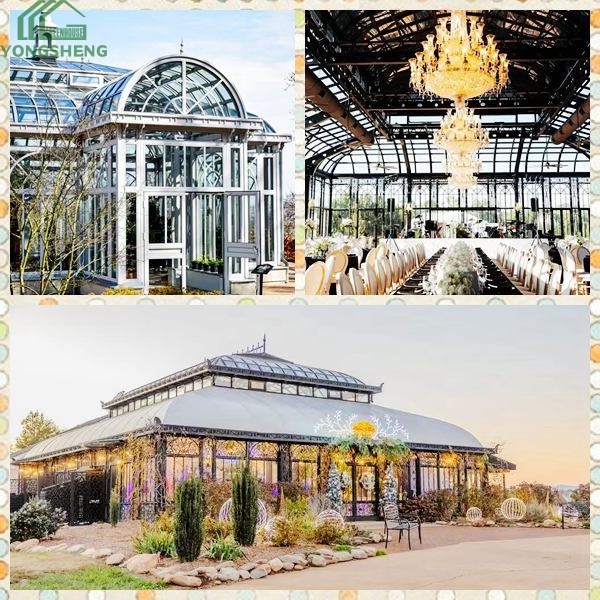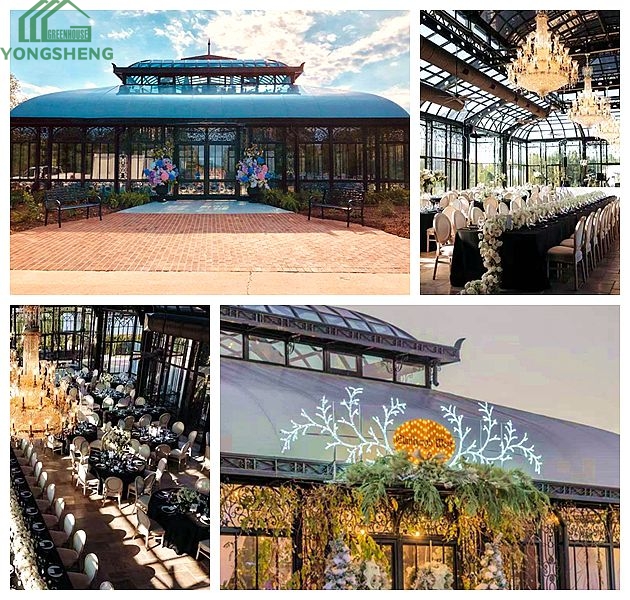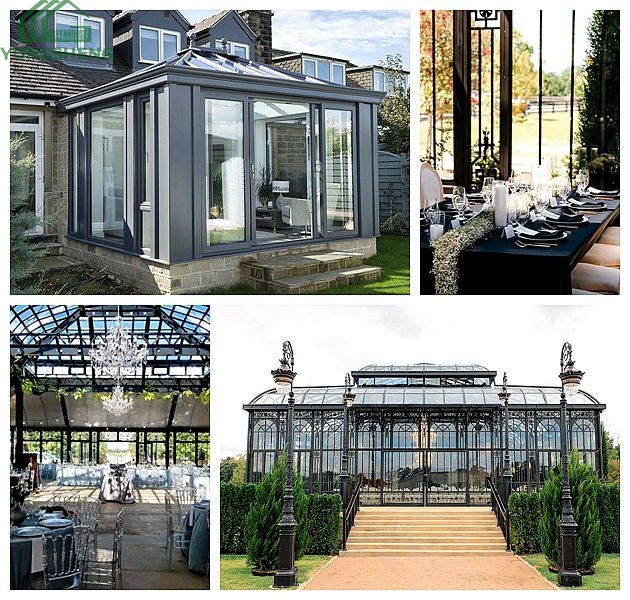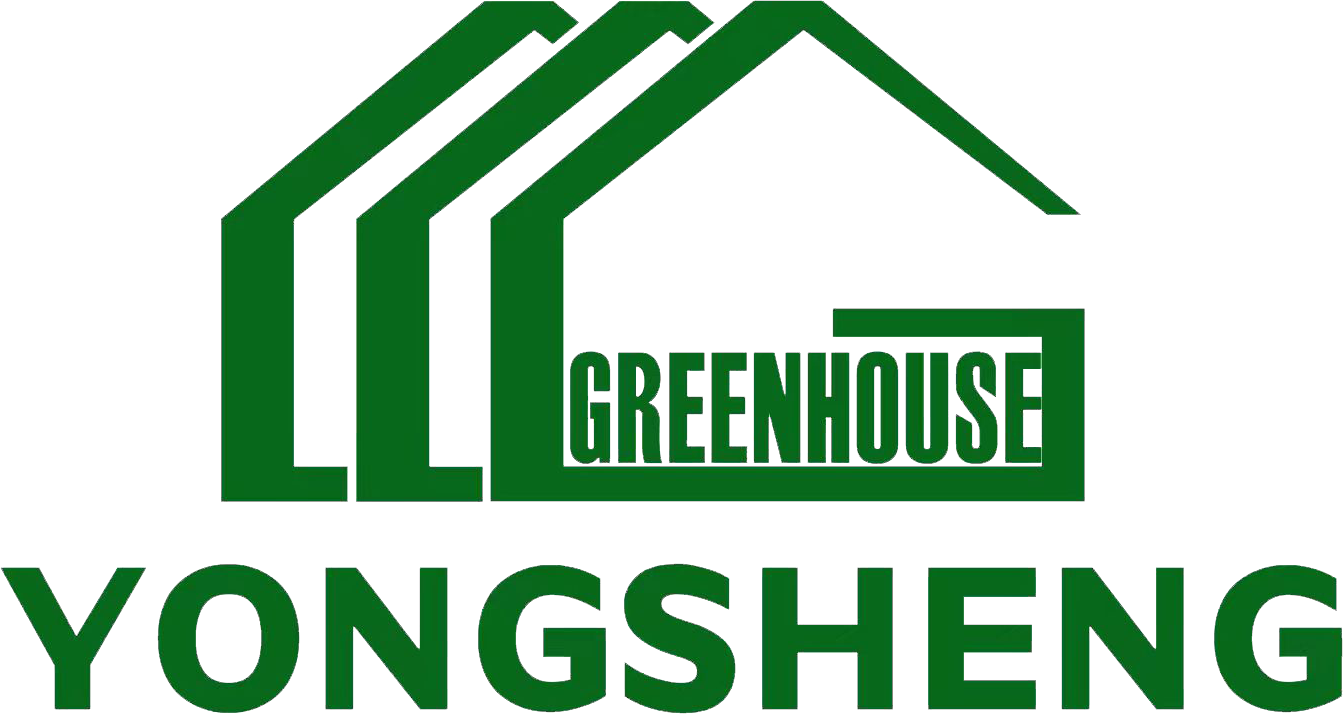
The Rise of Smart Greenhouses: Technology Meets Gardening

In recent years, the world of gardening has undergone a remarkable transformation, thanks to the integration of advanced technology into traditional greenhouse designs. The rise of smart greenhouses is revolutionizing how we grow plants, combining the timeless appeal of structures like the Victorian greenhouse and glass greenhouse with cutting-edge innovations. Whether you’re a hobbyist gardener or a commercial grower, the advent of smart technology is making it easier than ever to cultivate plants efficiently and sustainably. Let’s explore how technology is reshaping the greenhouse industry, with a special focus on the role of large greenhouses in this exciting evolution.
1. The Timeless Appeal of Victorian Greenhouses
The Victorian greenhouse has long been a symbol of elegance and functionality in gardening. With its intricate ironwork, arched roofs, and expansive glass panels, this classic design has stood the test of time. In 2025, Victorian greenhouses are being reimagined with smart technology, making them more efficient and user-friendly than ever before.
Modern Victorian greenhouses now feature automated climate control systems, which monitor and adjust temperature, humidity, and ventilation to create the perfect growing environment. Additionally, integrated irrigation systems ensure that plants receive the right amount of water at the right time, reducing waste and improving yields. These updates allow gardeners to maintain the aesthetic charm of a Victorian greenhouse while enjoying the benefits of modern technology.
2. Glass Greenhouses: Transparency Meets Innovation
The glass greenhouse has always been a favorite among gardeners for its ability to maximize natural light and create a visually stunning space. In the era of smart greenhouses, glass structures are being enhanced with advanced glazing technologies, such as double or triple-paned glass, which improve insulation and energy efficiency.
One of the most exciting developments in glass greenhouses is the integration of solar panels. These panels not only provide renewable energy for heating and lighting but also help reduce the greenhouse’s carbon footprint. Smart sensors embedded in the glass can monitor light levels and adjust shading systems automatically, ensuring optimal growing conditions throughout the year. Whether used for growing vegetables, flowers, or exotic plants, glass greenhouses are at the forefront of the smart gardening revolution.
3. Large Greenhouses: Scaling Up with Smart Technology
For commercial growers and serious gardening enthusiasts, large greenhouses offer the space needed to cultivate a wide variety of plants on a bigger scale. In 2025, these structures are being equipped with state-of-the-art technology to maximize productivity and sustainability.
One of the key trends in large greenhouses is the use of vertical farming systems. By stacking plants in vertical layers, growers can make the most of limited space and increase yields significantly. Automated conveyor systems and robotic harvesters are also becoming common, reducing labor costs and improving efficiency.
Climate control is another area where large greenhouses are benefiting from smart technology. Advanced HVAC systems, combined with IoT (Internet of Things) sensors, allow growers to monitor and adjust environmental conditions remotely. This level of precision ensures that plants thrive, even in challenging climates.
4. The Role of IoT in Smart Greenhouses
The Internet of Things (IoT) is at the heart of the smart greenhouse revolution. By connecting various devices and systems, IoT technology enables seamless communication and automation. For example, sensors placed throughout the greenhouse can collect data on temperature, humidity, soil moisture, and light levels. This information is then analyzed by AI-powered software, which makes real-time adjustments to optimize growing conditions.
In a Victorian greenhouse or glass greenhouse, IoT technology can be used to control everything from irrigation and lighting to pest management. Growers can access this data via smartphone apps, allowing them to monitor and manage their greenhouses from anywhere in the world. This level of convenience and control is transforming the way we approach gardening.
5. Sustainability in Smart Greenhouses
Sustainability is a major focus in the development of smart greenhouses. By combining traditional designs like the Victorian greenhouse and glass greenhouse with eco-friendly technologies, growers can reduce their environmental impact while improving productivity.
Rainwater harvesting systems are becoming a standard feature in smart greenhouses, allowing growers to collect and reuse water efficiently. Similarly, renewable energy sources, such as solar panels and wind turbines, are being integrated into greenhouse designs to reduce reliance on fossil fuels.
In large greenhouses, waste reduction is another key area of innovation. Composting systems and biodegradable plant pots are helping growers minimize their environmental footprint, while advanced recycling systems ensure that resources are used as efficiently as possible.
6. The Future of Smart Greenhouses
As technology continues to advance, the possibilities for smart greenhouses are virtually limitless. From AI-driven pest control to fully automated harvesting systems, the future of gardening is looking brighter than ever.
For those who appreciate the classic beauty of a Victorian greenhouse or the sleek transparency of a glass greenhouse, the integration of smart technology offers the best of both worlds. These structures are no longer just places to grow plants—they are high-tech hubs where nature and innovation come together in perfect harmony.
Conclusion
The rise of smart greenhouses marks a new era in gardening, where technology meets tradition to create spaces that are both beautiful and functional. Whether you’re tending to a small glass greenhouse or managing a sprawling large greenhouse, the integration of smart technology is making it easier than ever to cultivate plants efficiently and sustainably. As we look to the future, one thing is clear: the marriage of technology and gardening is here to stay, and it’s transforming the way we connect with nature. Embrace the smart greenhouse revolution and take your gardening to the next level!
Why Choose US?
- ● As the first manufacturer in China to introduce the Victorian conservatory design from Europe, we have 36 years of production experience since 1988, and our products are distributed in 68 countries.
- ● We have a professional team of 8 conservatory design engineers and 60 production workers. We are equipped with 2 hot-dip galvanizing machines, 2 steel shot blasting machines, and 1 spray line.
- ● Our professional design team can provide theoretical calculation data support for wind pressure resistance, earthquake resistance, and snow resistance of large-scale steel structure conservatories.
- ● Strict quality control. 8 inspection stages: raw material inspection, cutting and blanking size inspection, welding quality inspection, hot-dip galvanizing quality inspection, spray quality inspection, assembly quality inspection, and packaging quality inspection. Ensuring smooth assembly of the products, no rust, no leakage, and compliance with customer national standards.
- ● We cooperate with many well-known architectural design companies worldwide.
- ● Customized services. We can customize according to customer designs and dimensions. We also provide supporting facilities such as electric sunshades and air conditioners.
- ● We offer installation dispatch services, inspection services, and free replacement of parts. We also present high-value exquisite gifts.
- ● Video factory tour. You can view the entire production process.




